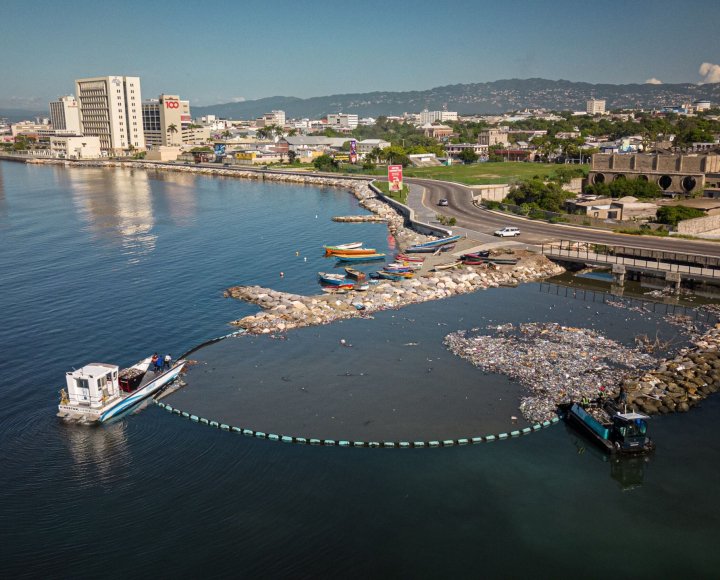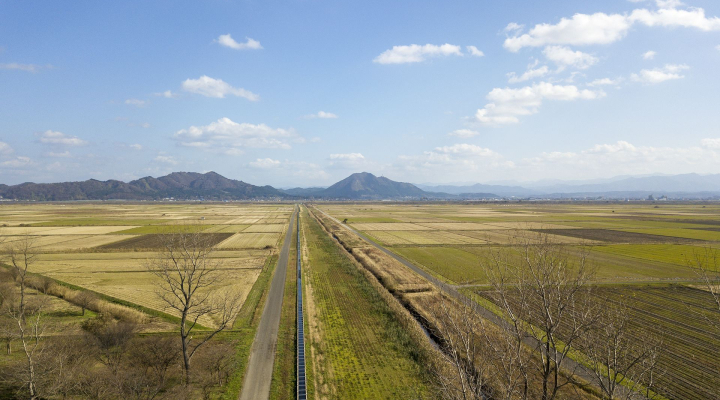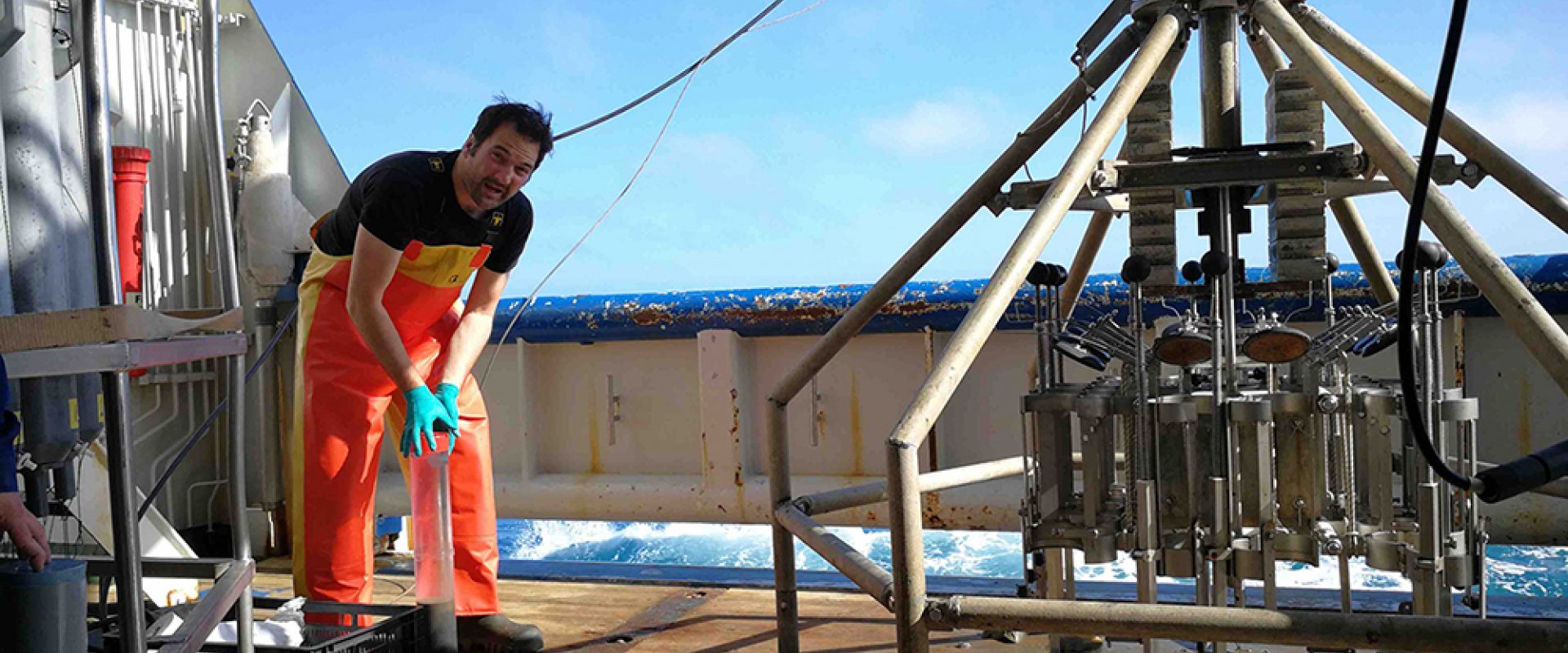
Largest mapping of breathing ocean floor
Researchers from the Royal Netherlands Institute for Sea Research (NIOZ) and universities in Taiwan have compiled the largest open-access database on the oxygen consumption and CO2 respiration of the ocean floor. This data is key to understanding how the global carbon cycle works.
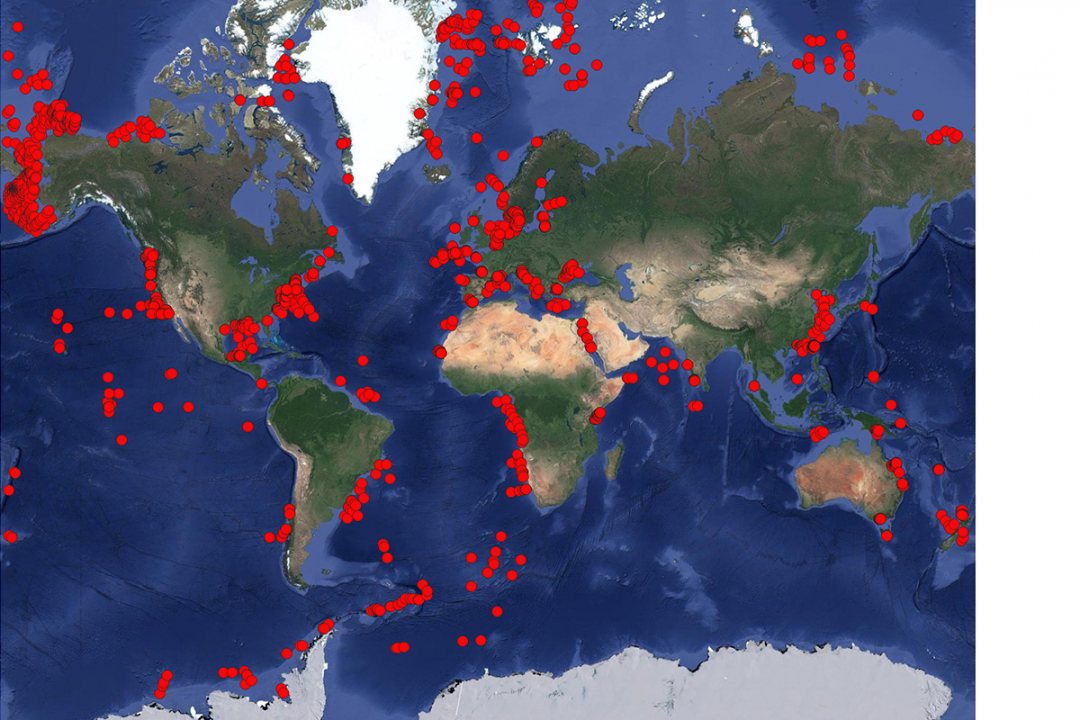

Organic matter on sea floor
On 29 October, Nature Scientific Data published an article on the findings of the Dutch and Taiwanese researchers. The research complied a map of all sampling stations where sediment community oxygen consumption has been measured.
The sediment community oxygen consumption (SCOC) indicates CO2 respiration by organisms living in and on the seafloor. This CO2-respiration is considered a good proxy to understand the degradation of organic matter and to measure the flux of organic matter to the seafloor.
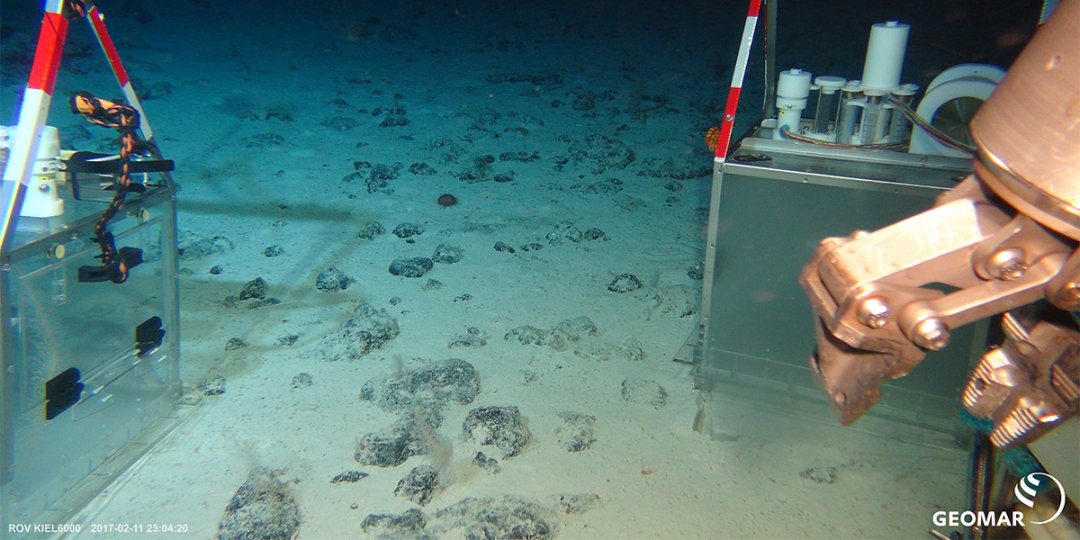

Contribution to carbon cycle
Marine sediments play a crucial role in the global carbon cycle due to the oxygen consumption and CO2 respiration of the organisms that live in and on the ocean floor.
According to the researchers, these rates will likely be affected by climate change and a sound understanding is necessary to be able to predict its contribution to the carbon cycle in a warmer world.
The oceans play an important role in the global carbon cycle, with nearly 98 percent of the CO2 being dissolved in sea water. Also, the burial of carbon at the sea floor is an important component of the global carbon cycle.
Better climate scenarios
‘This large data-base is valuable. In-depth knowledge of the processes involved and the rates helps other scientists predict future scenarios for ongoing changes in climate and the oceans’, says Professor Gert-Jan Reichart of NIOZ and University of Utrecht, and coordinator of a multi-stakeholder CO2-to-Ocean research coalition.
Read the full article on the Nature-website: The SCOC database, a large, open, and global database with sediment community oxygen consumption rates.






